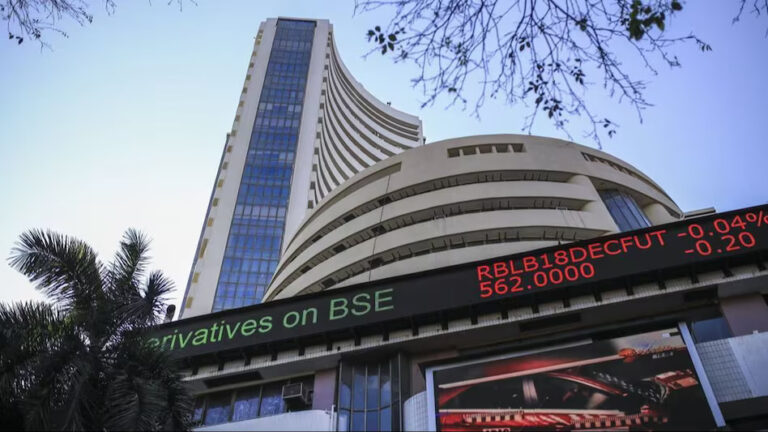What are the Changes Made to NPS Partial Withdrawal Rule from February 2024?

The National Pension System (NPS) is a popular retirement savings scheme in India, offering tax benefits and long-term investment opportunities. As of February 2024, significant changes have been introduced to the rules governing partial withdrawals from NPS accounts. Understanding these changes is crucial for individuals planning their retirement and managing their financial goals effectively.
Also Read: How many people earned over ₹1 crore in 2023-24?
Contents
What is the New Rule for Partial Withdrawal?
Starting from February 1, 2024, NPS subscribers are now permitted to make partial withdrawals from their pension accounts after completing three years. However, there are certain limitations associated with this withdrawal. According to the latest guidelines issued by the Pension Fund Regulatory and Development Authority (PFRDA), individuals can withdraw up to 25% of their contributions, with certain exclusions such as employer contributions and returns generated on contributions.
What is the Purpose of Partial Withdrawal?
Partial withdrawals from NPS accounts are allowed for specific purposes, including children’s higher education and marriage, buying or constructing a first house, medical treatment, disability-related expenses, skill development, or establishing ventures or startups. These withdrawals cater to various life events and financial needs, providing flexibility to NPS subscribers.
What is the Frequency of Partial Withdrawal?
The frequency of partial withdrawals from NPS accounts is limited to a maximum of three times throughout the account’s tenure. Additionally, there must be a gap of five years between each withdrawal, except in cases where withdrawals are made for the treatment of specified illnesses. This restriction aims to ensure the sustainability of the retirement corpus and encourage long-term financial planning.
What is the Procedure of Partial Withdrawal?
To initiate a partial withdrawal from an NPS account, subscribers need to submit a withdrawal request along with a self-declaration stating the purpose of withdrawal. This process is facilitated through the central record-keeping agency (CRA) via the government nodal office or point of presence. In cases where subscribers are unable to submit the request themselves due to illness, a family member can do so on their behalf.
Do I Have to Pay Tax for the Partial Withdrawal?
Partial withdrawals from NPS accounts are tax-exempt, providing relief to subscribers seeking to utilize their funds for various purposes without incurring additional tax liabilities. This exemption enhances the attractiveness of NPS as a retirement savings vehicle and encourages individuals to leverage their savings effectively.
Considerations for Partial Withdrawal:
While partial withdrawals offer flexibility and liquidity, NPS subscribers need to consider the long-term implications of withdrawing funds prematurely. The primary objective of NPS is to secure financial stability during retirement, making it crucial to balance immediate financial needs with future financial security. Experts suggest maintaining a separate emergency corpus and adequate health insurance coverage to mitigate the need for partial withdrawals and preserve the retirement corpus.
In conclusion, the changes made to the NPS partial withdrawal rules from February 2024 aim to enhance flexibility and accessibility for subscribers while ensuring the sustainability of retirement savings. By understanding these changes and considering their implications carefully, individuals can make informed decisions regarding their NPS accounts and effectively plan for their retirement years.





